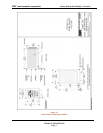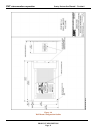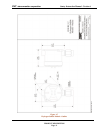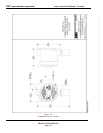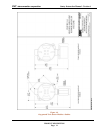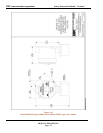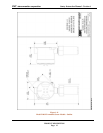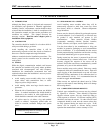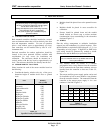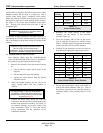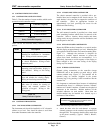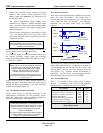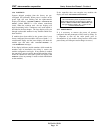
SMC sierra monitor corporation Sentry Instruction Manual - Version 6
CAUTIONS & WARNINGS
Page: 15
2. CAUTIONS & WARNINGS
2.1 INTRODUCTION
Although the Sentry system is designed and constructed
for installation and operation in industrial applications
including "hostile" environments, caution should be taken
to insure that the installation is made in compliance with
this instruction manual and that certain procedures and
conditions are avoided. This chapter discusses the
necessary cautions. Read the entire chapter prior to
installation of the equipment.
2.2 CONTROLLER
The controller should be installed in a location which is
safely accessible during a gas alarm.
Avoid installing the controller where it will be
unnecessarily exposed to wind, dust, shock or vibration or
direct sun. Observe temperature range limitations.
Adhere to standard electrical installation procedures. The
chassis ground on the controller must be connected to
earth ground.
2.3 WIRING
While the digital communication method used between
the controller and modules will greatly reduce problems
associated with electromagnetic and radio frequency
interference the manufacturer recommends that extra
caution be taken where the installation is near any sources
of these interferences:
• Avoid running sensor module cable close to high
power cables, radio transmission lines, or cables
subject to pulses of high current.
• Avoid running cables near large electric motors or
generators.
• When the risk of interference is present use shielded
cables. In conduit installations the shield should be
connected to the conduit. In cable applications the
shield should be connected to the cable connector.
• All splices must be via either a lug and terminal
system or soldered. Improperly spliced cable can
result in corrosion, resistance changes and system
errors.
NOTE
Installation and wiring must be in accordance with the
National Electrical Code
2.4 SENSOR MODULES - GENERAL
Avoid installing sensor modules where they will be
unnecessarily exposed to wind, dust, water (esp. direct
hose down), shock, or vibration. Observe temperature
range limitations.
Sensors may be adversely affected by prolonged exposure
to certain materials. Loss of sensitivity, or corrosion, may
be gradual if such materials are present in low
concentrations. These materials include: Halides
(compounds containing chlorine, fluorine, bromine,
iodine), silicones, acid vapors, caustic liquids or mists.
Care has been taken by the manufacturer to ship your
modules in protective packaging to avoid contamination
prior to installation. It is recommended that the sensors
remain protected during installation and that the covering
be removed immediately prior to system start-up.
During normal use the sensor is protected from dirt and
oil contamination by a sintered metal cover. If this cover
becomes clogged, the response of the sensor will be
reduced. Protect the sensor from contamination by careful
placement, or by use of rain and dust shields.
Sensor modules must not be painted. Paint may contain
compounds which will contaminate the sensor. Paint will
cause clogging of the sintered metal cover and will cause
difficulties during attachment of the calibration head or
other maintenance activity. It is recommended that the
module be tagged "DO NOT PAINT".
When sensors are replaced the thread must be Teflon
taped to avoid metal to metal binding which will damage
the housing threads.
2.4.1 COMBUSTIBLE SENSOR MODULES
Catalytic type combustible gas sensors may be poisoned
by exposure to silicones. Sierra Monitor Corporation
supplies resistant sensors, but care should be taken to
avoid exposure to silicones. No Silicone caulking (RTV)
should be used near the sensors. No other silicone based
compounds should be used near the sensors unless they
are fully protected during the entire cure cycle. If the
sensors will be exposed to silicone during normal
operation the manufacturer's sensor warranty is void.



